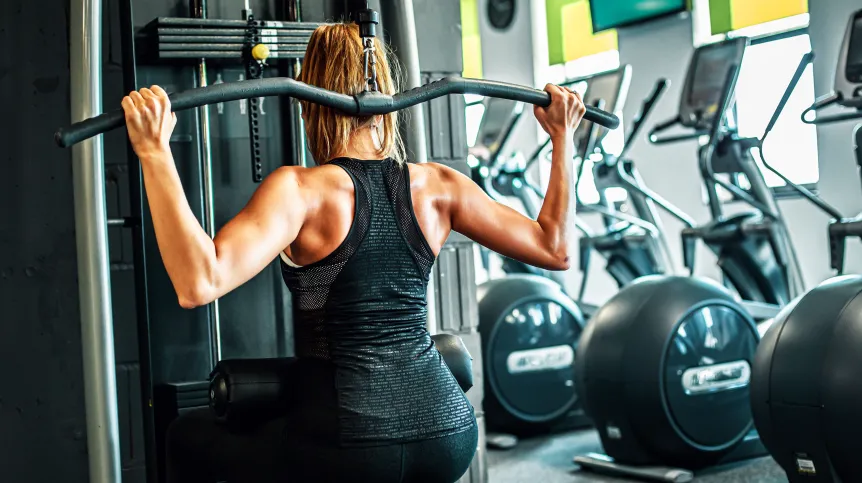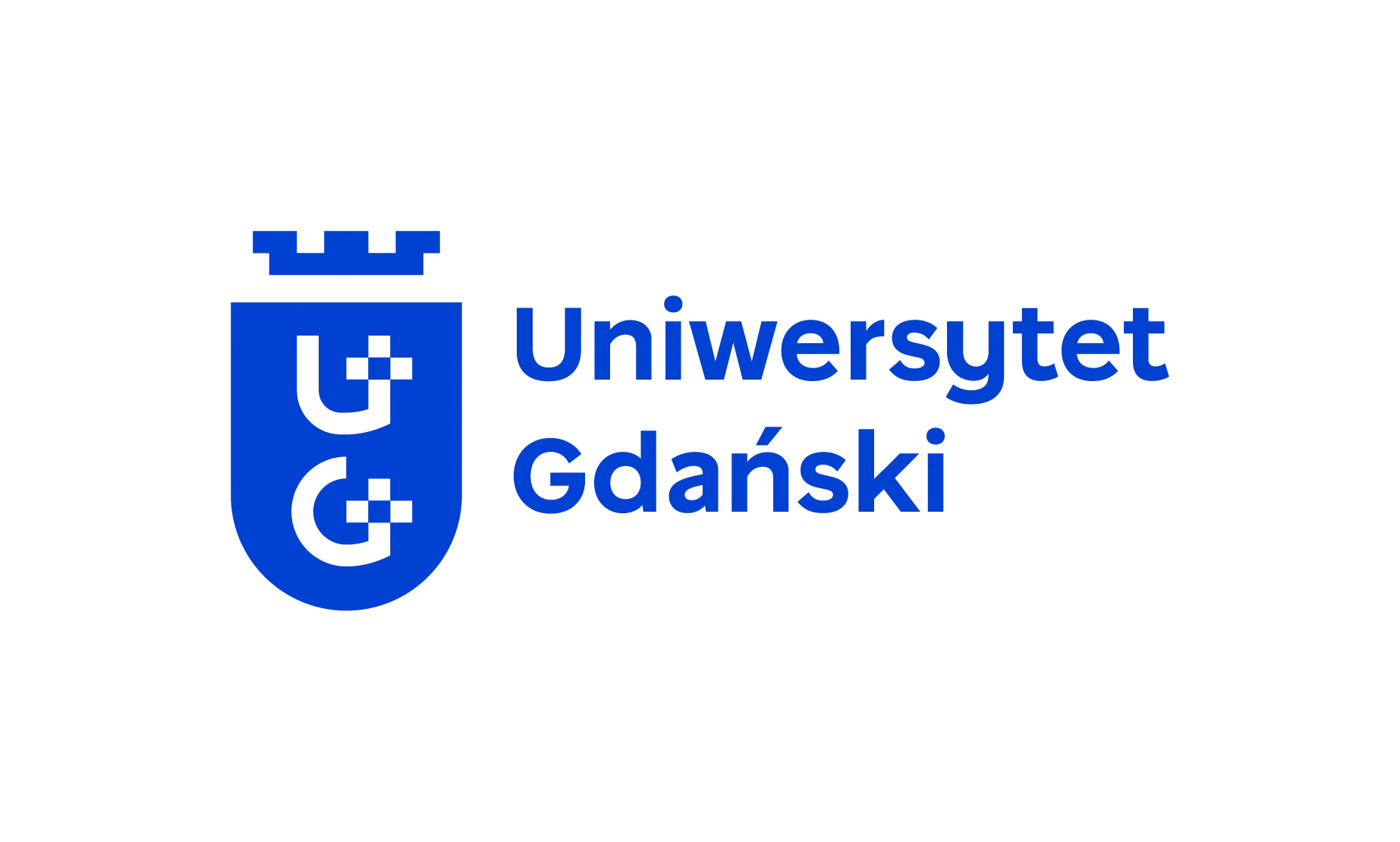
Depending on the type of physical, strength or endurance exercise, our intestines will be inhabited by slightly different health-promoting bacteria, researchers have found. Understanding the mechanisms of response to training is a step towards personalised dietary and training strategies based on the microbiome profile.
The gut microbiome plays an important role in the body's physiological response to physical exercise. For example, it affects the level of inflammatory markers and the production of metabolites. Professional athletes usually have a more diverse microbiome, which - as studies have shown - can translate into better body performance. However, little is still known about the way that specific forms of physical activity affect the composition of the microbiome.
In the latest studies, scientists from the Małopolska Centre of Biotechnology at Jagiellonian University in Kraków and the University of Physical Education and Sport in Gdańsk explored how gut microbiome profiles differed among strength-trained, endurance-trained and recreationally active individuals.
Participants were evaluated following two acute exercise interventions. One of them was the high-intensity anaerobic Wingate Test, used to assess the anaerobic capacity and power potential of the body. It involves pedalling maximally for 30 seconds on a special cycloergometer. The study used a modified version of the test: the participants performed two 30-second sprints with a 30-second break between them, which was a strong metabolic stimulus. The second exercise was the aerobic Bruce Treadmill Test, in which the load (speed and incline of the treadmill) is gradually increased.
The results were published in Plos One.
'A deeper analysis showed that one third of the bacteria were unique to each of the study groups. This may point to subtle differences in the intestinal environment, potentially related to the dominant type of physical activity', says the author of the study, Kinga Humińska-Lisowska, PhD, from the University of Physical Education and Sport in Gdańsk.
Endurance-trained athletes had a greater abundance of bacteria that affect digestion, immunity and body mass. Additionally, they had more bacteria that break down fibre, which may support the body's performance by obtaining energy from the diet more effectively.
The researchers also observed that people with the highest VO₂max parameter (determining the maximum amount of oxygen that the body can take in, transport and use) had more probiotic bacteria from the Bifidobacterium genus, such as B. longum and B. adolescentis, which may suggest their beneficial role in aerobic capacity.
In the group of strength athletes, after the Wingate strength test, the level of Alistipes communis bacteria increased significantly. These bacteria are believed to have a role in the regulation of inflammatory and metabolic processes, although their biological role remains incompletely understood.
Both strength and endurance exercisers showed a greater presence of bacteria from species considered probiotics - compared to recreational exercisers.
In the second study, published in Scientific Reports, the researchers integrated gut microbiome data with blood serum biomarkers to investigate physiological responses to different exercise modalities.
It was a continuation of the same study, supplemented with the analysis of selected markers of inflammation, oxidative stress and muscle regeneration.
The researchers found that both types of exercise: endurance and strength, induced characteristic biochemical changes in the body, visible within 6-24 hours after exercise. In addition, the microbiome can modulate these physiological responses.
The key differences concerned the levels of two proteins - SPARC and adiponectin, the changes of which correlated, among other things, with the presence of the bacteria Blautia massiliensis and the activity of molecular pathways related to nucleotide metabolism. These patterns differed between the participant groups, suggesting that the gut microbiota may play a mediating role in the body's adaptive response to intense exercise.
Adiponectin is a protein hormone produced by adipose tissue. It regulates glucose and lipid metabolism, supports insulin sensitivity, and has anti-inflammatory effects. After the Bruce Treadmill Test, its levels remained stable. However, after the Wingate Test, they decreased in all groups, probably in response to high metabolic stress.
'This result may reflect the body's acute response to maximal physical exercise and a temporary reduction in the protective effect of adiponectin', Humińska-Lisowska says.
The researchers observed interesting results for the SPARC protein, a glycoprotein involved in tissue regeneration and immune processes. After the Wingate Test, a significant increase in the SPARC protein level was observed only in the recreational group. In the athlete groups, the effect was much weaker. After the Bruce Treadmill Test, no significant changes were recorded in either group.
This suggests that SPARC may act as a potential marker of regeneration and adaptation to exercise - and the weaker response in trained athletes may mean that their body is better prepared for intensive work.
'The maintenance of the SPARC level may indicate greater stability of the regenerative system in athletes, which may mean that their bodies are already better adapted to intensive loads. In turn, the higher SPARC level observed in the control group may reflect stronger regenerative stress or greater muscle damage caused by intensive effort', the researcher comments.
Although - as Humińska-Lisowska emphasises - these findings require further research, they show that the gut microbiome may be an important element modulating physiological responses to training. In the future, a better understanding of these mechanisms may enable the creation of personalised diet and training strategies based on the microbiome profile and activity history of a given person.
PAP - Science in Poland, Ewelina Krajczyńska-Wujec
ekr/ zan/













